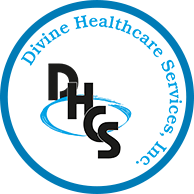The COVID-19 pandemic has brought most economic and social activities to a defining low level or even to a halt. For many, it has brought various level of stress to their live experience. Some individuals must have been social substance users prior to the pandemic and may find themselves in aggravated positions of diagnosable disorder, and may be finding it difficult to reduce the substance use, or to stop using them. Some individuals must have had a mild to moderate substance use disorder but experienced an increased level of use that may include withdrawal syndrome, cravings, and certain reactions to substances that they have never felt before. Those who were in active substance abuse ended up pushing their addiction into overdrive. For those in recovery from an SUD, social isolation is a risk factor for relapse.
While the COVID-19 pandemic has brought a dramatic increase in stress and substance use to many people, we want to reach out to help. In these extraordinary times, people are going through different versions of difficulty, and anyone that is supportive will understand that extra help right now is a good thing. The right thing to do is seek help and address the substance abuse problems. Reaching out and engaging healthcare providers like us will help establish a new foundation of health that will lead to a better life. There is no shame or blame to be found in struggling during these times.
We are here for you! We hold ourselves to the highest standard of providing health care services to our patients. We utilize guidelines from CDC and Los Angeles County Department of Public Health to implement new procedures to help minimize the risk of exposure to our patients and staff.
We apply Telehealth as our treatment option during this crucial time. This promotes the practice of social distancing to reduce spread – shifting visits and initial patient evaluation to a modality that does not require in-person and face-to-face interaction with our patients. It reduces the likelihood of patients participating in activities/behaviors that could increase risk of exposure, such as use of public transportation to attend appointments, and also allows the monitoring of patients to identify potential and confirmed cases without person-to-person contact.




